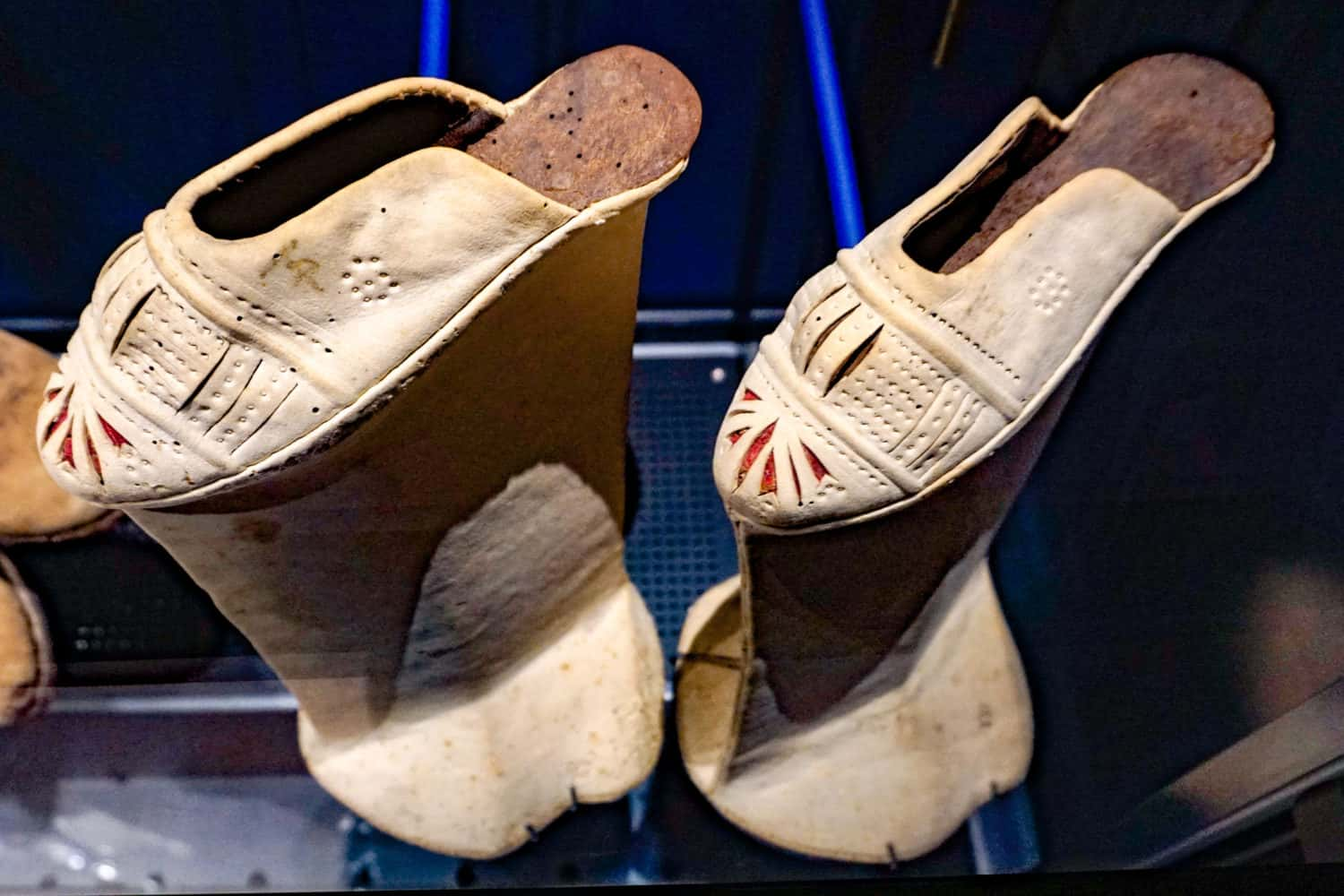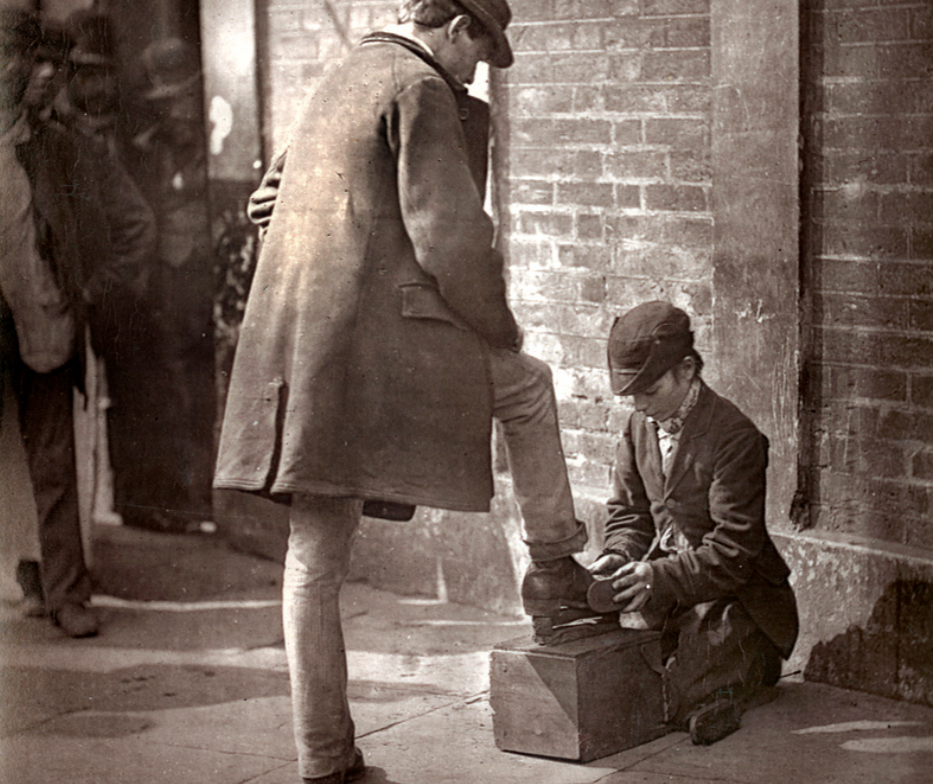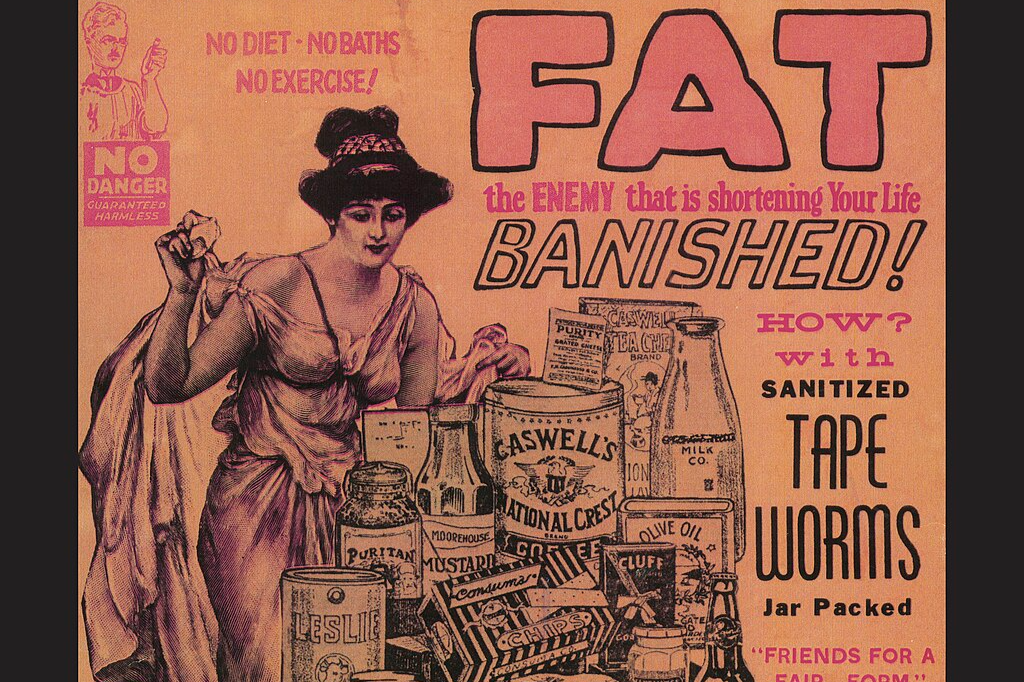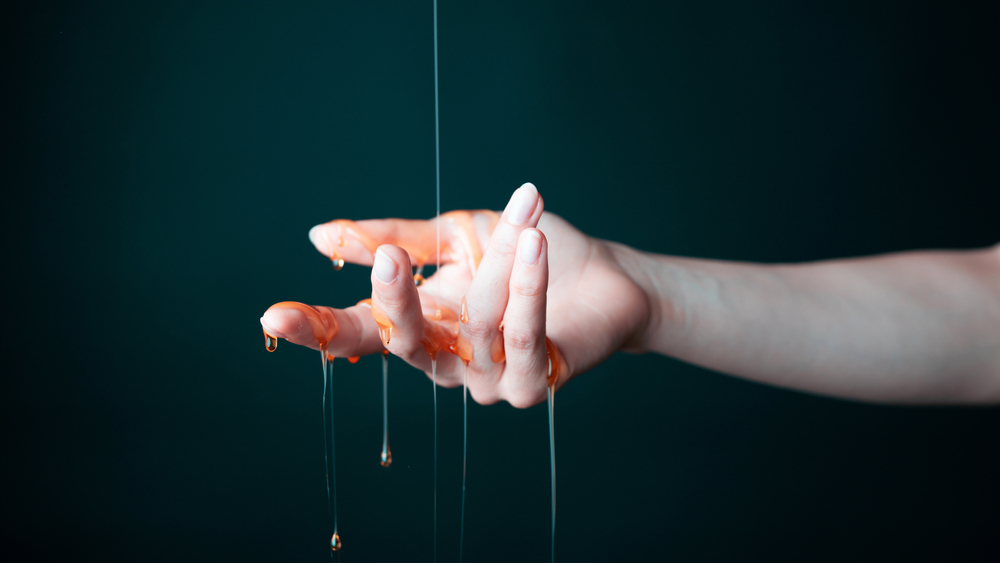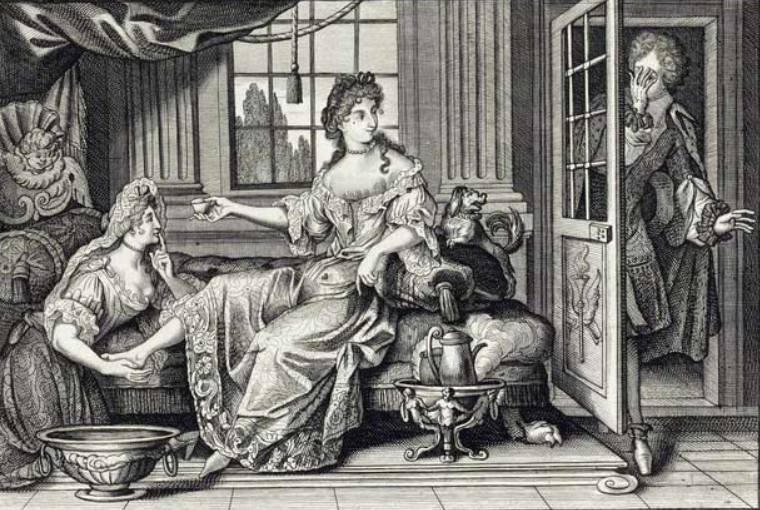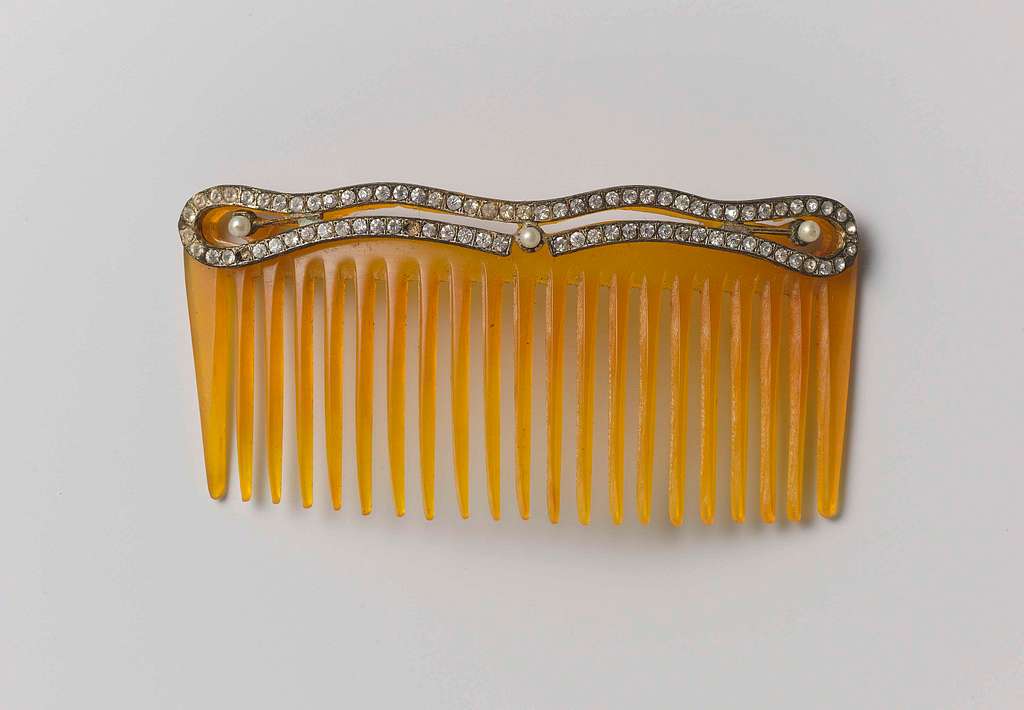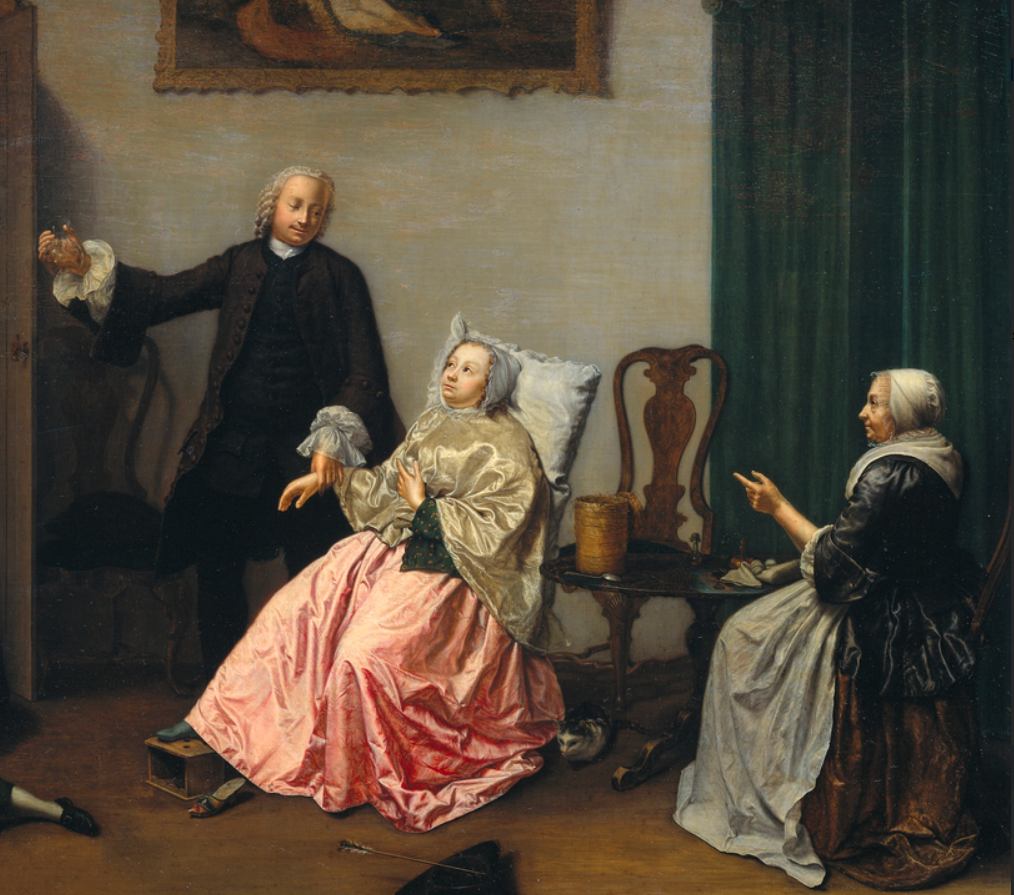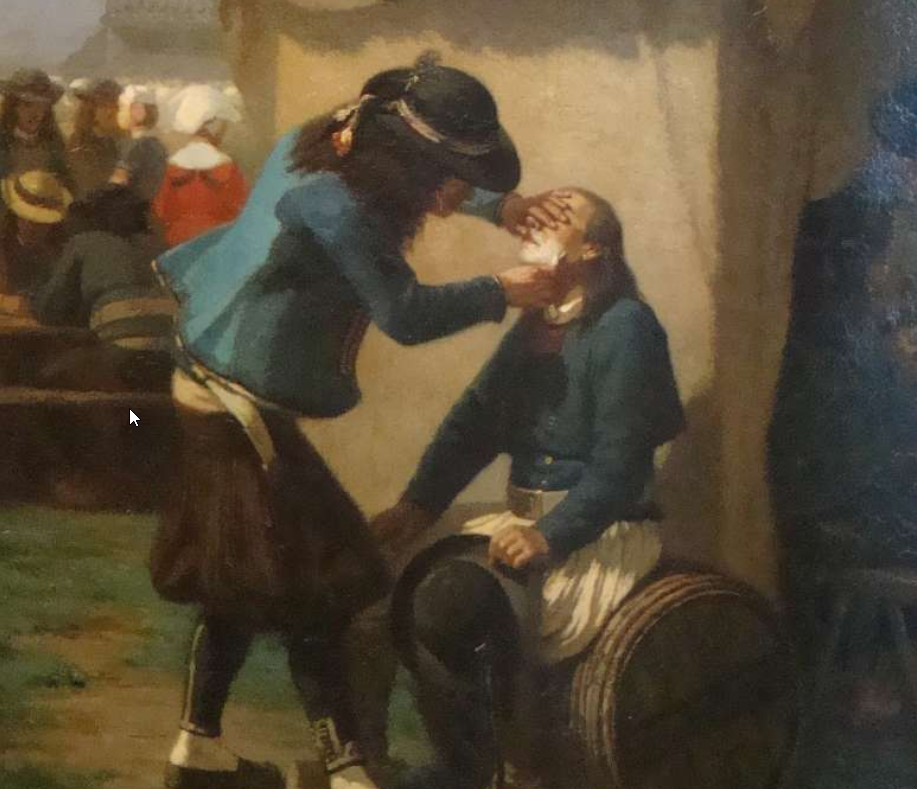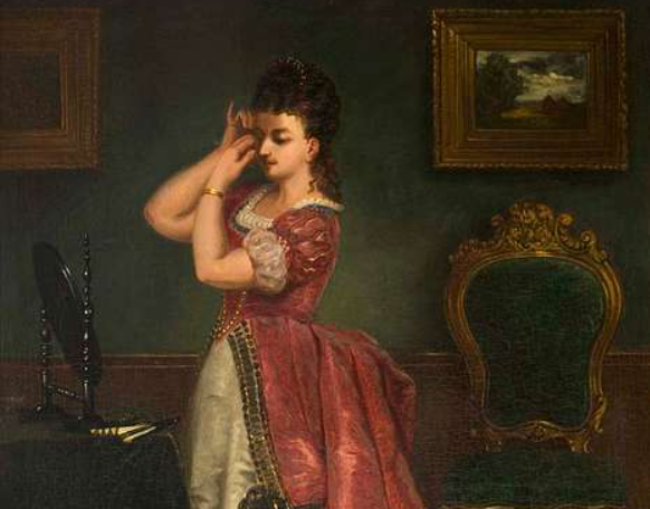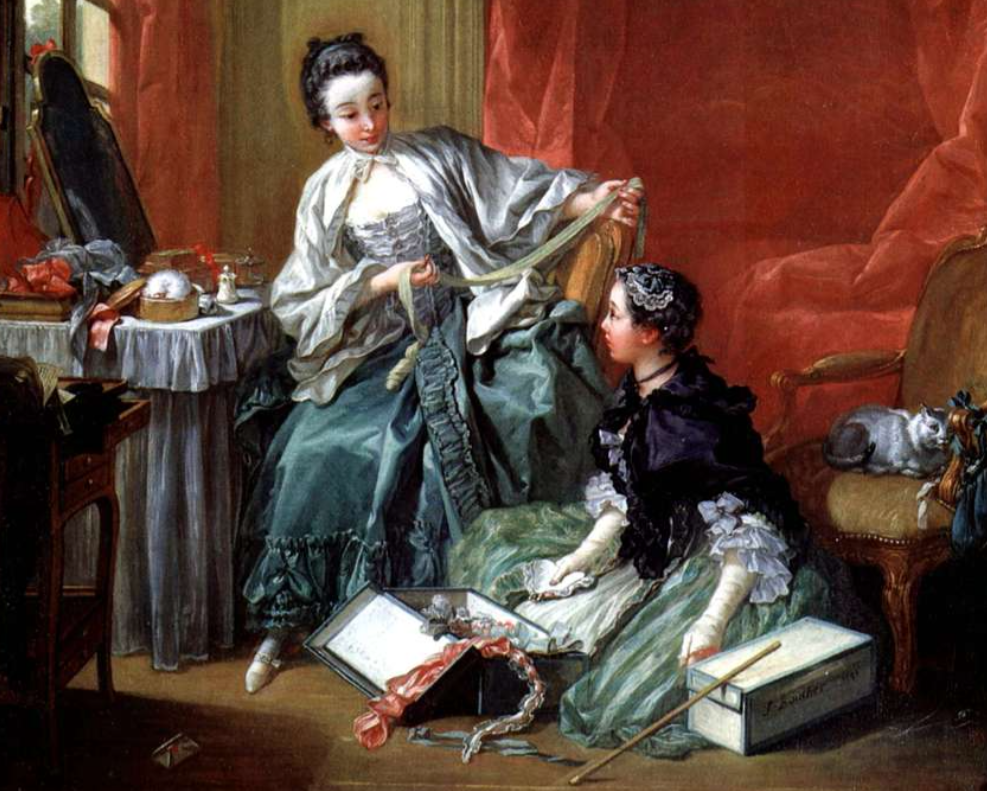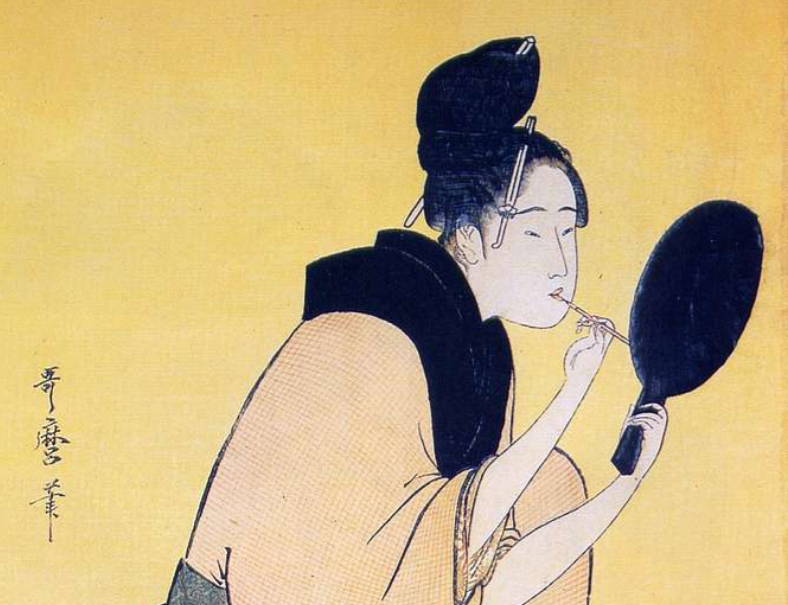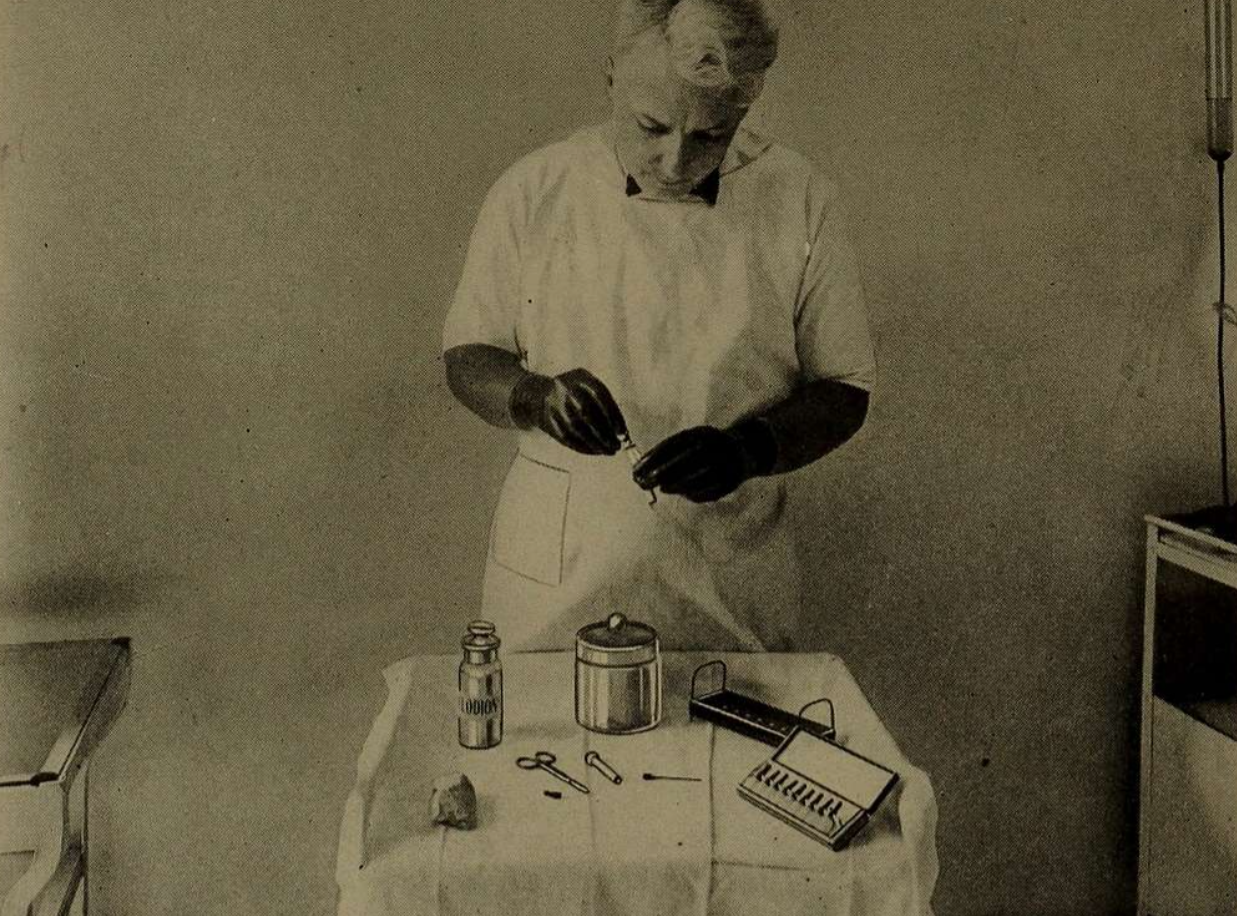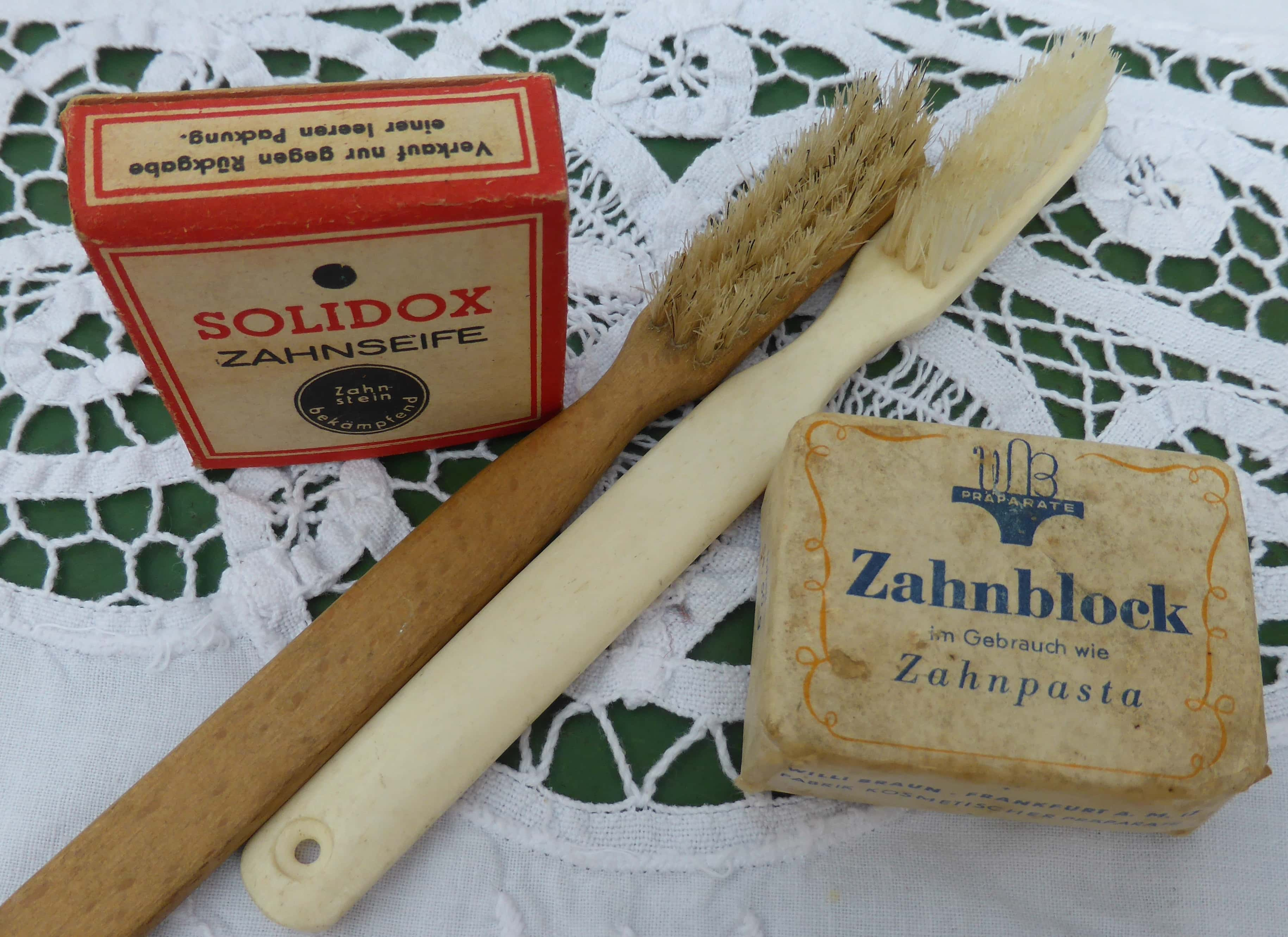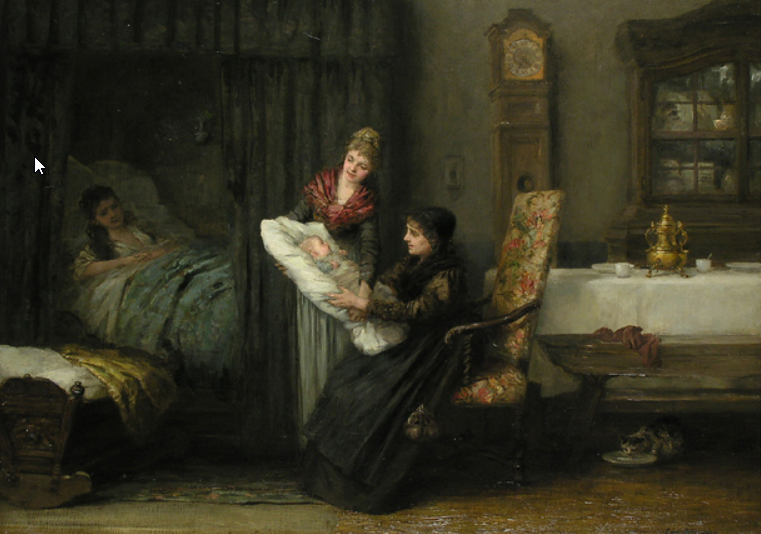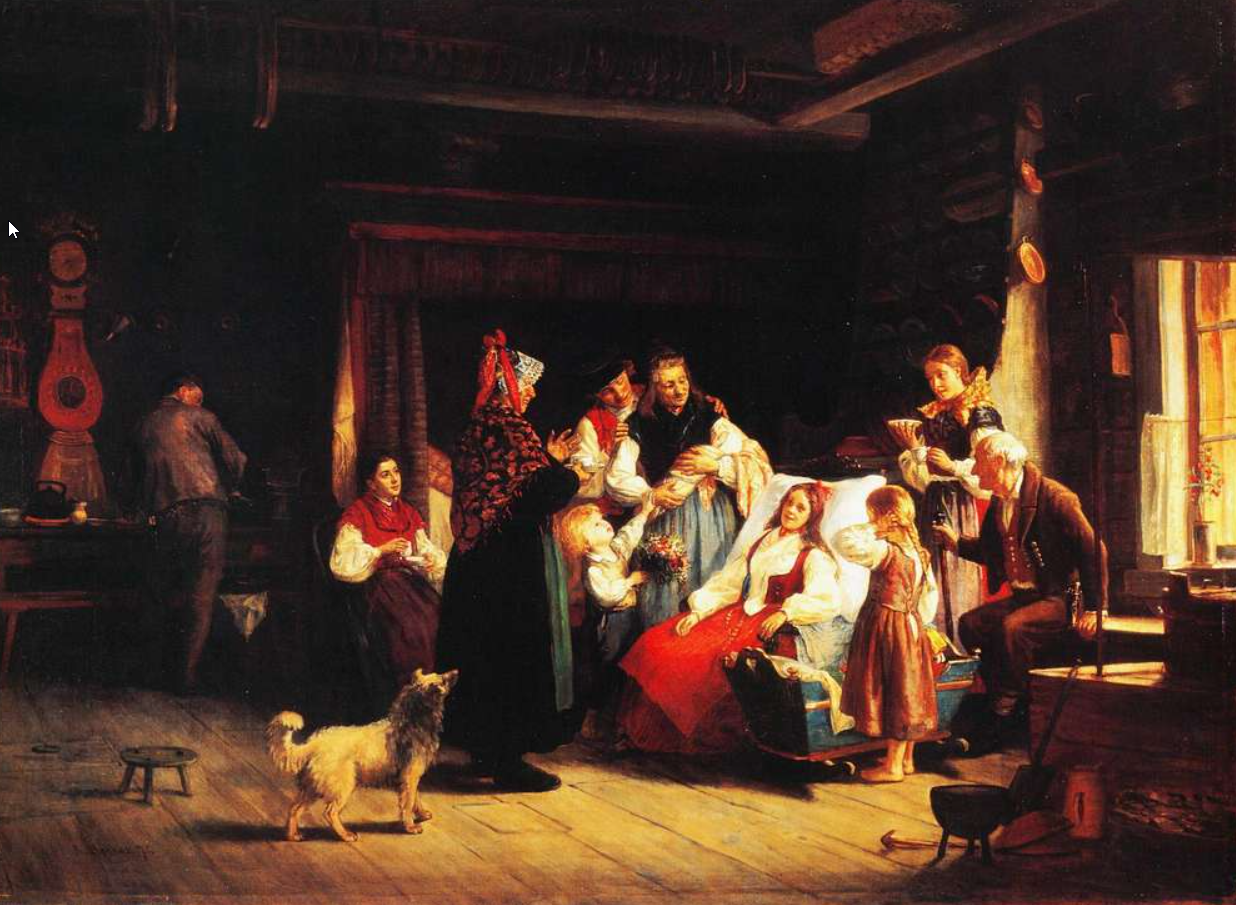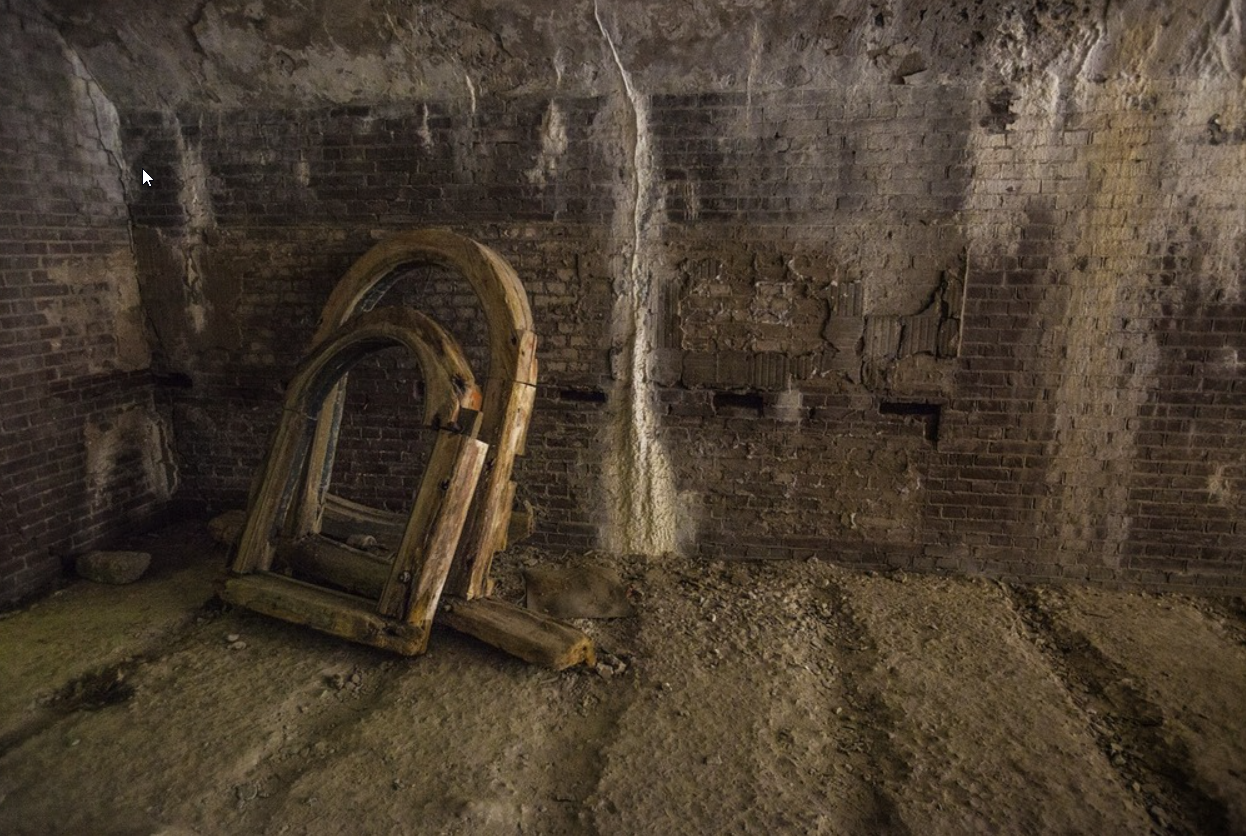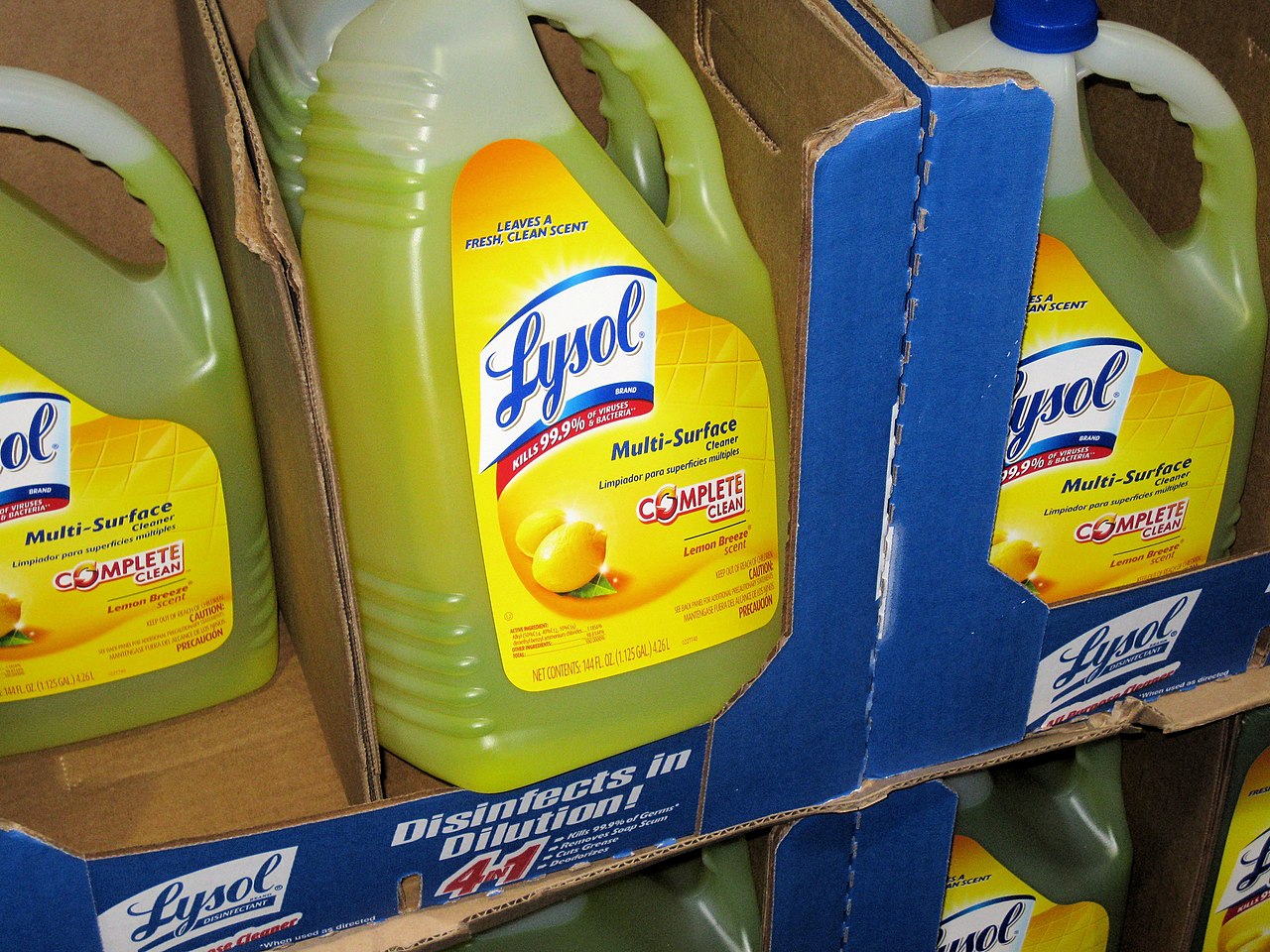Out With The New, In With The Old: Hygiene
In the long arc of human history, hygiene is a somewhat recent thing—and good hygiene is an even more modern development. Here, we take a look at some ill-advised "hygiene" practices of the past, and some of them are surprising even if you know a lot about history.
For example, do you know about mouse furs as eyebrows? Or the tapeworm diet? All this and more were common "hygiene" during various periods of our time on Earth.
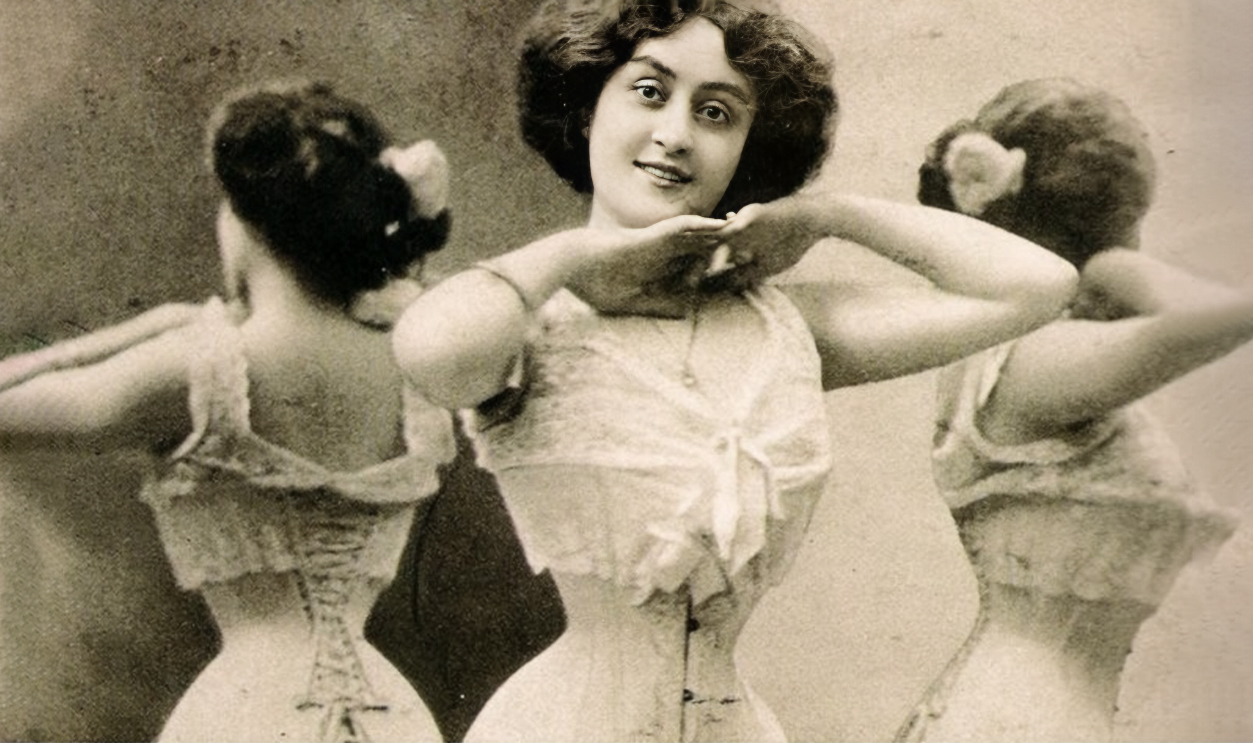
Ankle-Breaking Shoes
From the 15th to 17th centuries, particularly in Venice, Italy, wealthy women found a dangerous way to keep their hems clean and off the dirty streets: Chopines.
These shoes were platformed to help women sweep through the streets, but as time and fashion went on, the platforms got dangerously tall. With some measuring 20 inches, they were liable to break ankles, and women had to hobble along with attendants to avoid a fall.
Wasp Waists
The Victorian Era prized the hourglass shape, so much so that it became popular to try to achieve a "wasp waist" with a corset, which essentially meant tightening your corset to the point where your organs were crushed.
It's no wonder women of this period suffered from "fainting spells" as well as respiratory issues like pneumonia and tuberculosis.
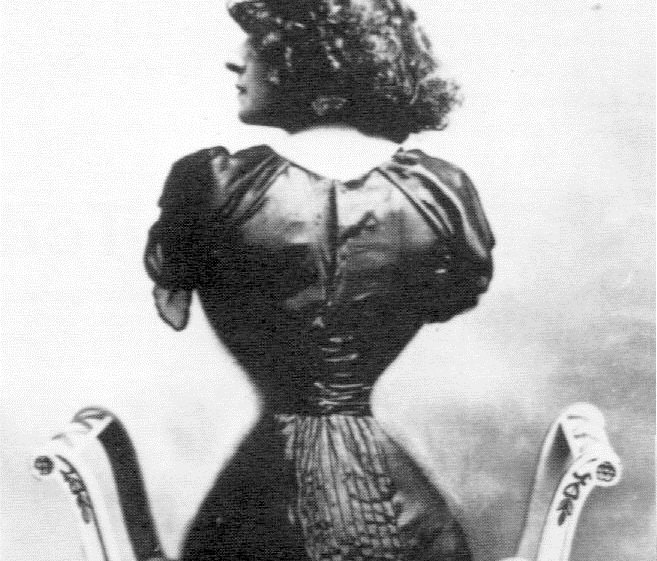 Unknown Author, Wikimedia Commons
Unknown Author, Wikimedia Commons
Poison Eye Drops
The poison Belladonna was popular in Renaissance Italy, and not (just) for killing your enemies. Women would use Belladonna as eyedrops, and the side effects would make their pupils dilate to extra-attractive proportions. The only hitch? Belladonna causes blindness with extended use.
X-Rays For Hair Removal
After their discovery in the late 19th century, people imagined all sorts of uses for X-rays. But one use was downright disturbing. Without understanding the dangers of X-rays, people would sit in front of X-ray equipment in order to remove hair from unwanted areas.
Little did they know, X-rays can cause cancer when not used properly, among other ailments like ulcers.
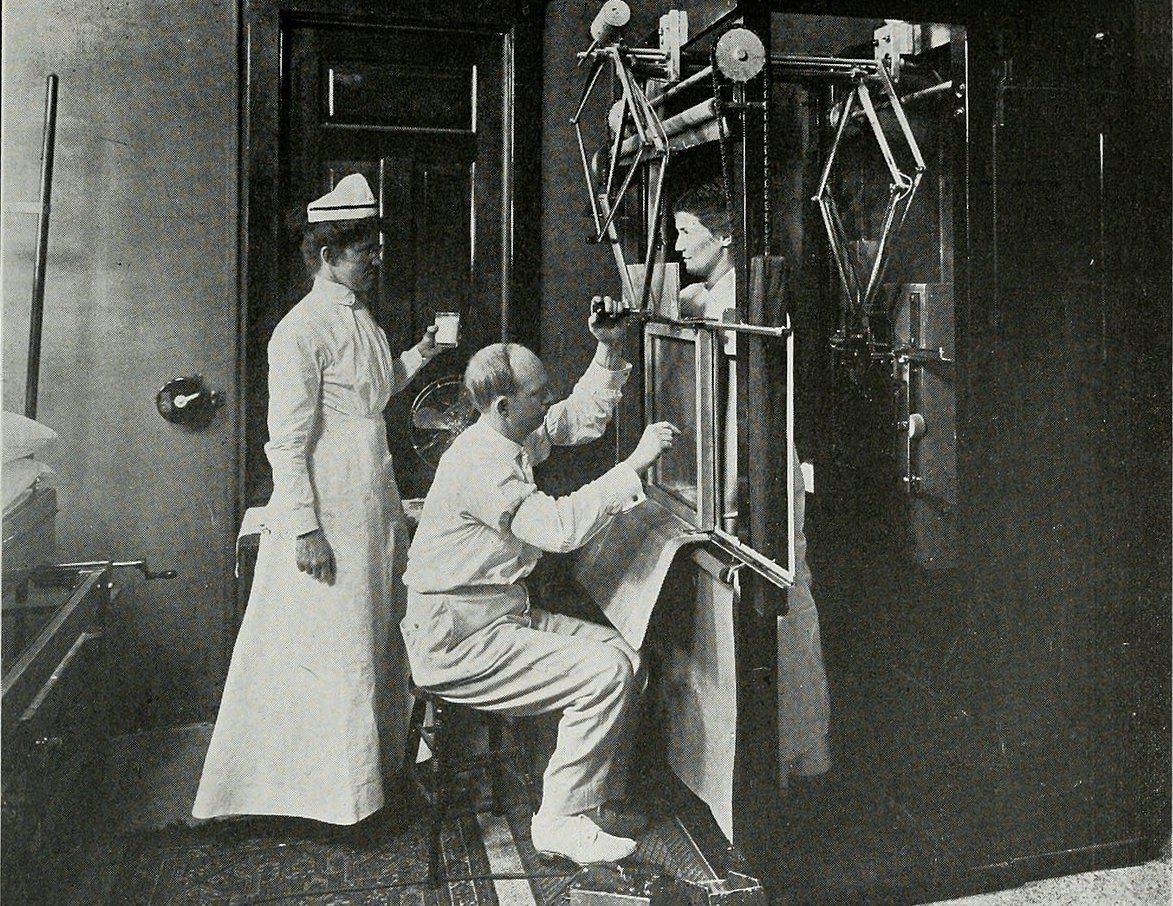 Internet Archive Book Images, Wikimedia Commons
Internet Archive Book Images, Wikimedia Commons
Ultra Social Bathroom Time
In Roman times in particular, going to the bathroom wasn't "alone" time, it was a social activity in an open room. You certainly couldn't count on the privacy of a stall. Instead, in a sort of bonding experience, you would do all your business in front of a bunch of other people you knew.
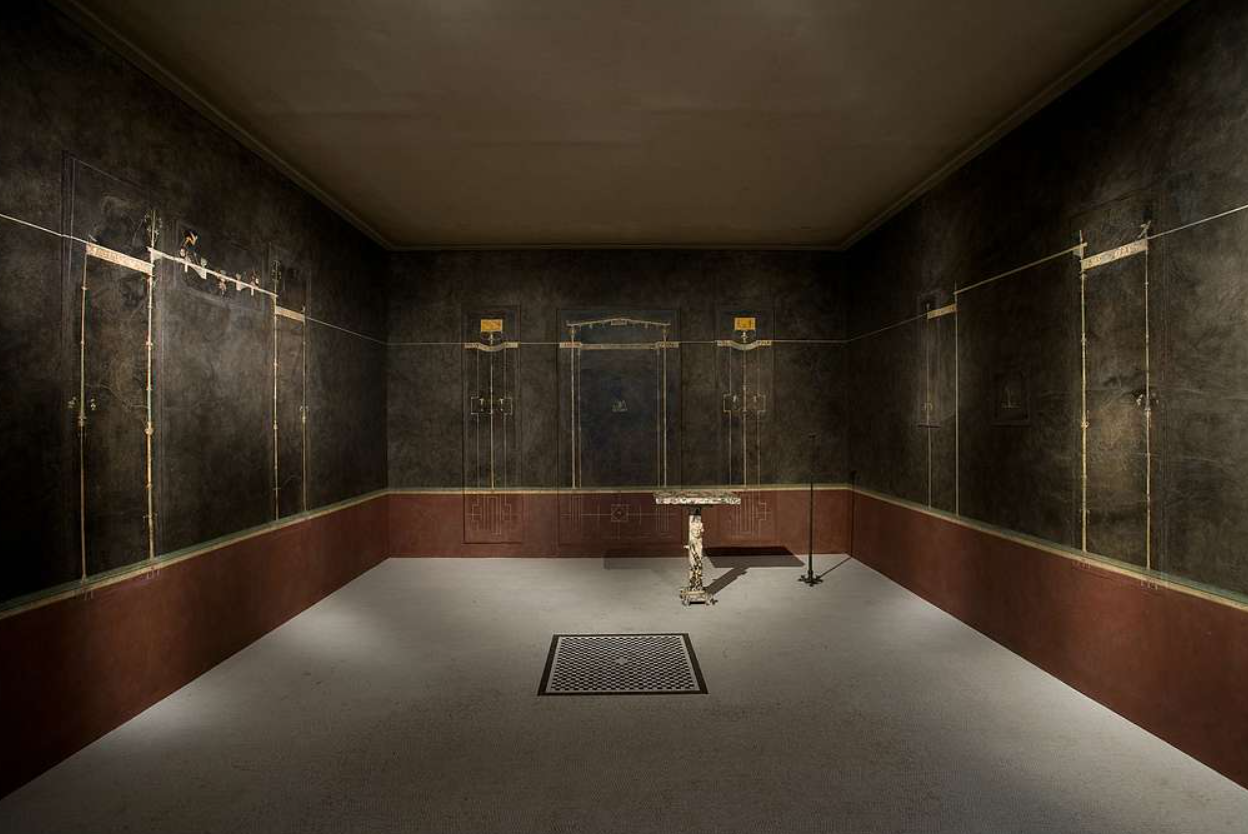 Metropolitan Museum of Art, Picryl
Metropolitan Museum of Art, Picryl
Plucked Foreheads
In Medieval England, a high forehead was seen as the epitome of beauty. To conform to this, women would often pluck off their eyebrow hair and even pluck their hairlines to accentuate this feature.
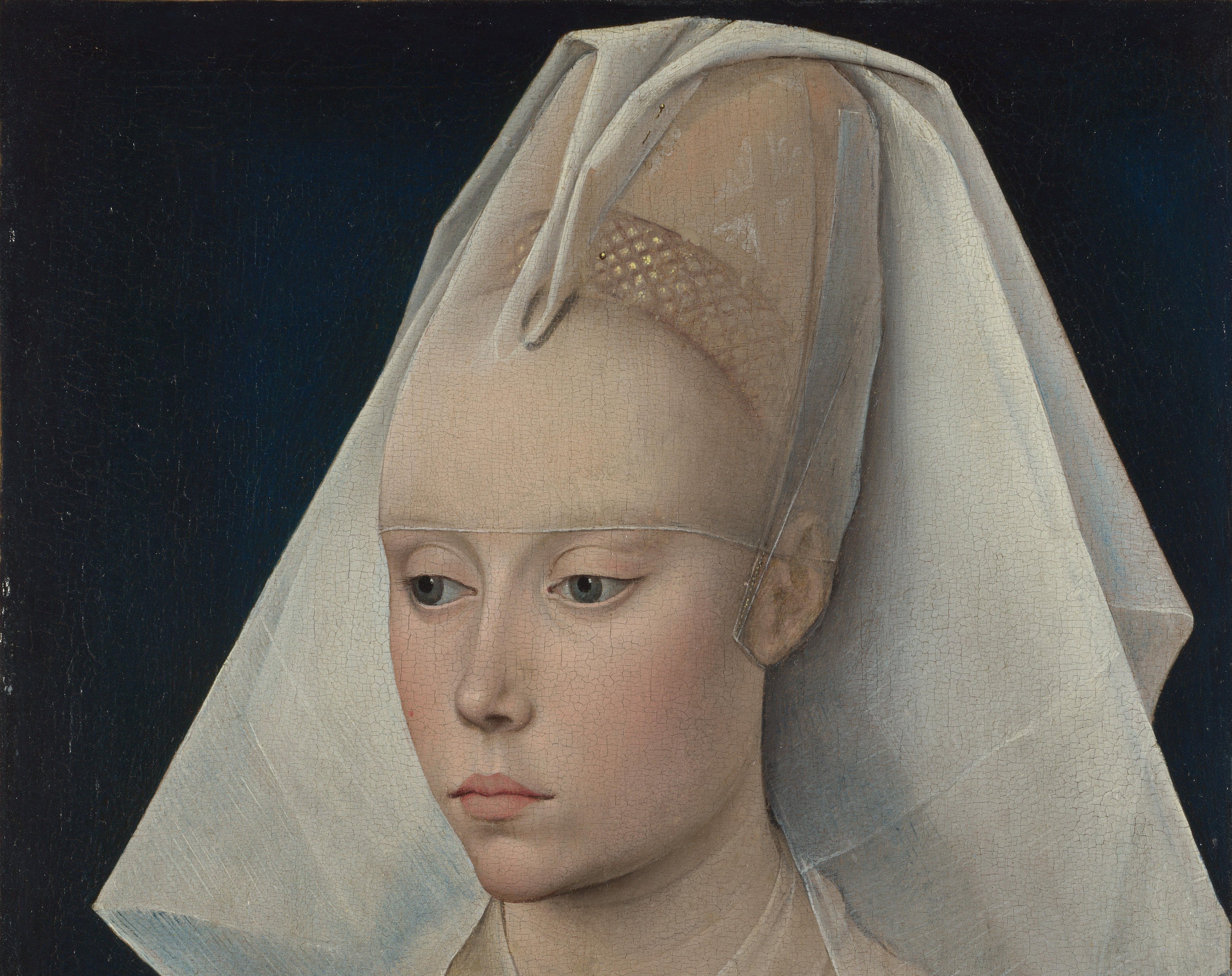 Rogier van der Weyden, Wikimedia Commons
Rogier van der Weyden, Wikimedia Commons
Poisonous Shoe Polish
In the Victorian era, shoe shiners plied a rather popular trade. Their shoe polish, however, often contained the toxin Nitrobenzene, which is easily absorbed by the skin and can cause, among other things, liver failure, kidney damage, and harm to the central nervous system. At least their shoes were in good shape, though.
Wigs To Cover Syphilis
Back in the 16th century, there was a particularly bad outbreak of syphilis going on in Europe. In addition to nasty symptoms like sores and dementia, syphilis also causes hair loss, and leaves people with balding heads.
To combat, or rather hide, this, people began using wigs—usually made of hair from humans, horses, or goats—and making them fashion statements.
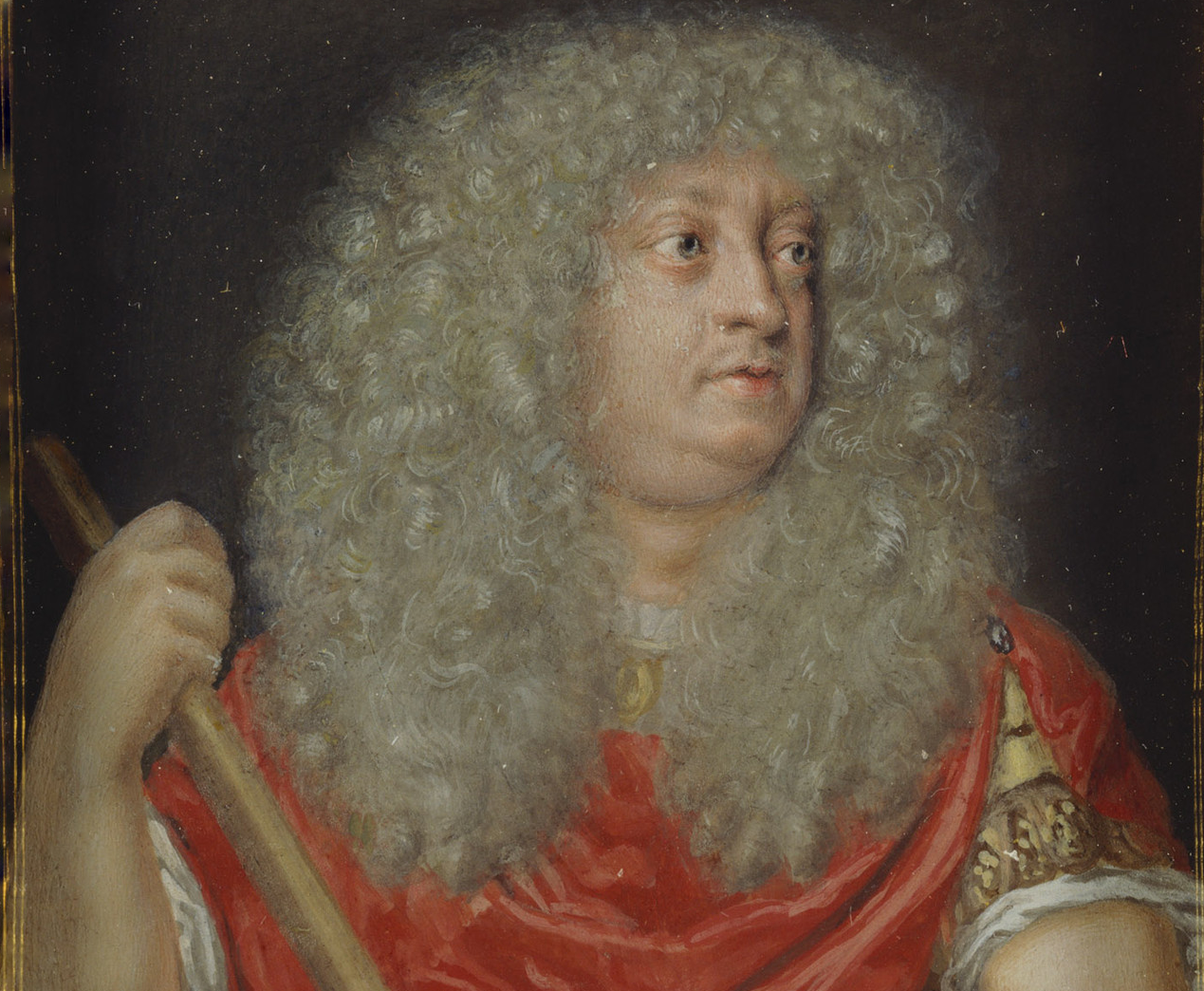 Jean Michelin, Wikimedia Commons
Jean Michelin, Wikimedia Commons

History's most fascinating stories and darkest secrets, delivered to your inbox daily.
The Groom Of The Stool
In the Medieval period and even beyond King Henry VIII's time, the "Groom of the Stool" was the King's very own bottom wiper. The position was highly sought after, and groomsmen came from noble families.
 Anthony van Dyck, Wikimedia Commons
Anthony van Dyck, Wikimedia Commons
Hair Gel Made From Pig Lard
In the 1700s, it wasn't simple to go down to a store and get hair gel. However, it was also all the rage for people to pile their hair atop their heads, which mean they needed some kind of holding paste. The paste of choice was pomade made from pig or sheep lard.
A Literal Tapeworm Diet
Fad diets are often dangerous, but women in the Victorian era took it to the next level. The "tapeworm diet," where women swallowed a tapeworm and let it eat at them from the inside out, gained popularity. It worked for weight loss, it's true. Unfortunately, it also caused meningitis and epilepsy.
Eating Honey-Soaked Corpses
"Mellification" was an ancient process where people would mummify a human cadaver in honey, wait a hundred years or so, and then eat the "human mummy confection".
This "human mummy confection" was supposed to have healing properties. Yes, really. The worst part? The resultant healing properties were supposedly stronger if a living person volunteered to be mummified alive.
Urine Mouthwash
From the Roman ages all the way into the 18th century, some people believed in freshening their breath with...pee. Their reasoning was that ammonia, found prominently in urine, was a disinfectant. In this case, the treatment may be worse than the disease.
Mouse-Skin Eyebrows
Before eyebrow pencils and lamination techniques, the people in the 1700s still liked to have a full brow look. To achieve this effect, they used stick-on mouse hides on their brows. Maybe it looked good, but I doubt it felt or smelled great.
Decayed Teeth
Queen Elizabeth I set many trends during her time, but one of the most alarming ones was a fad for decayed teeth. Elizabeth loved sweets, but without modern dentistry it didn't take long for her teeth to blacken with decay.
Still, she was the queen—and sugar, being expensive, was a status symbol for nobility—so it wasn't long before everyone was copying her look. That said, they often took short cuts and blackened their teeth with dyes and other implements.
 Elizabeth: The Golden Age, Universal Pictures
Elizabeth: The Golden Age, Universal Pictures
Bizarre Dentistry
Before modern dentistry, doctors thought toothaches weren't the result of cavities, but of worms burrowing into your teeth. Because of this, one "treatment" was filling your mouth with cigarette fumes in an effort to "smoke" the worms out.
 National Library of Medicine, Picryl
National Library of Medicine, Picryl
Exploding Combs
At the beginning of the 1900s, standard combs made of ivory were expensive, and so manufacturers came up with a cheaper alternative: celluloid combs. But these were very bad ideas. The celluloid was flammable and explosive, leading to...exploding combs.
Completely Conscious Surgeries
It took a while for anaesthesia develop, and even more time for the medical community to accept it. Before that happened, people would have to endure surgeries almost completely conscious, minus a swig or two of a bottle (or two).
Clothes People Never Changed
Clothes (and capitalism) weren't as abundant in the Medieval period and beyond. As a result, people tended to wear the same clothes again, and again, and again...and again.
Reportedly, King James VI of Scotland even slept in his clothes, and didn't change them for months.
Surgeon Barbers
In the Middle Ages in particular, barbers were more than just hair cutters. They would also pull teeth, amputate limbs, and perform other surgeries. Meanwhile, "real" physicians of the time looked down on surgery as too common, although they would sometimes observe the barber at work.
Lacquered Teeth
In some Southeast Asian countries as well as Japan, there was a custom to dye teeth black, particularly once you hit puberty. That's because black lacquered teeth were seen as civilized and beautiful.
As colonization and Western standards of beauty infiltrated these cultures, lacquered teeth got less prevalent.
 momo, CC BY 2.0, Wikimedia Commons
momo, CC BY 2.0, Wikimedia Commons
Leaves For Toilet Paper
If you were a peasant in the Middle Ages in Europe and needed to wipe yourself after going to the bathroom, you would generally use dried leaves. Then again, that's not so bad, all things considered.
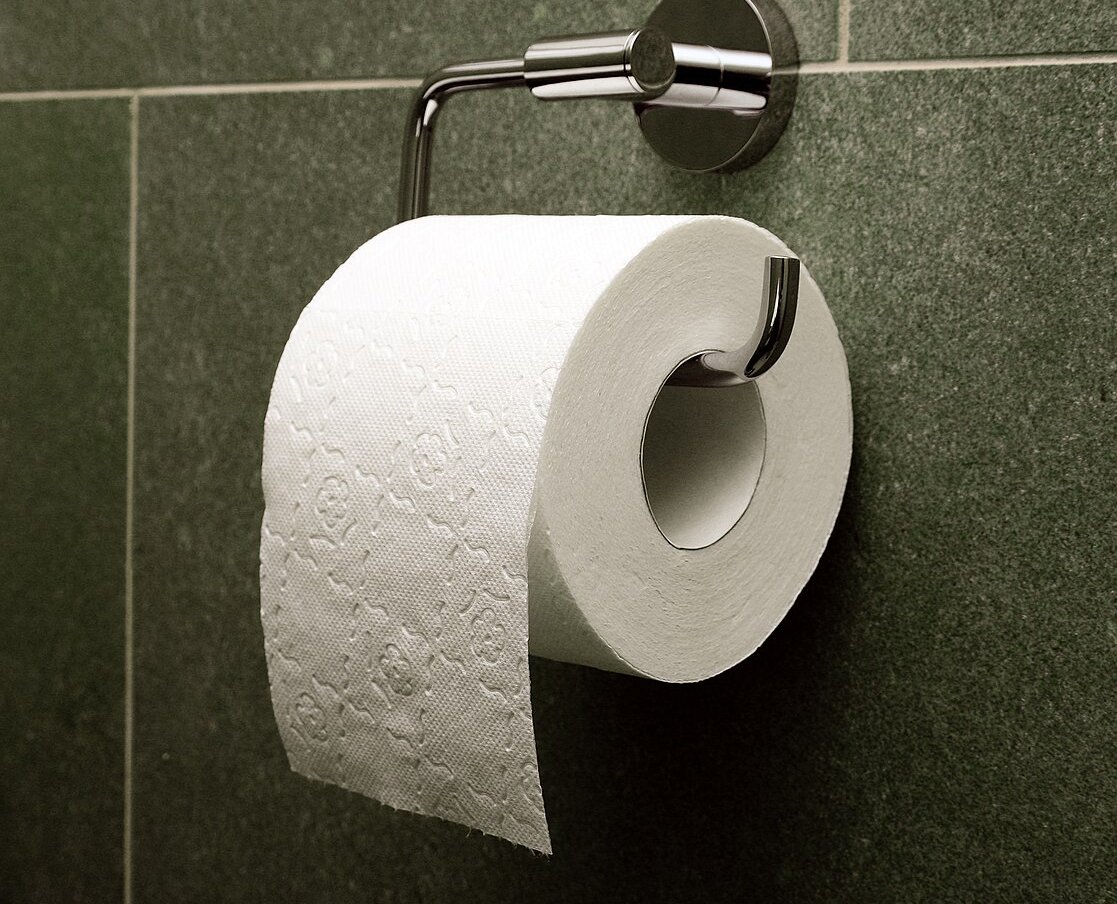 Elya, CC BY-SA 3.0, Wikimedia Commons
Elya, CC BY-SA 3.0, Wikimedia Commons
Reusing Bath Water
Because baths were a "sometimes" thing in the Middle Ages, people often bathed communally together. In addition to this, masses of people would just use the same bath water.
Trimmed-Off Lashes
The 1800s valued the opposite of lash extensions: Women would trim down their lash lines and shine their eyelids with castor oil. We're betting this did have the effect of making your eyes very noticeable, at least.
Burnt Herbs For Dental Care
In the Middle Ages, toothpaste wasn't a thing. Well, not exactly. If you did want to "brush" your teeth, one of the closest things you could get was to eat burnt herbs.
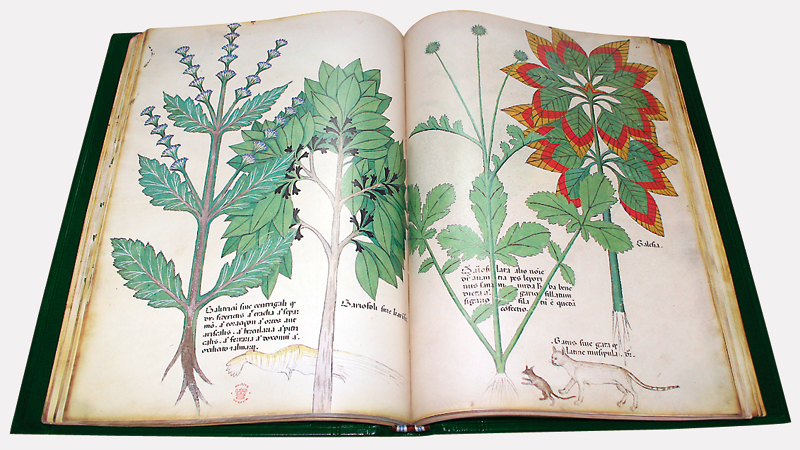 Cardeña2, CC BY-SA 3.0, Wikimedia Commons
Cardeña2, CC BY-SA 3.0, Wikimedia Commons
Arsenic For Smooth Legs
In search of smooth legs, Elizabethan women would use a mix of arsenic and quicklime to remove their leg hair. In case you're wondering, this was not a safe way to achieve smooth legs.
Insect Lipstick
From Ancient Egypt to the Elizabethan period, one option for red lips was to crush up insects and use their insides as a lipstick. At least it wasn't poisonous?
Chalk As Food
Paleness was once highly prized, not like the more tan aesthetic of today. So sometimes women in the Victorian era would eat chalk, or at the very least smear it on their lips, to turn them white and give them that extra-sickly glow.
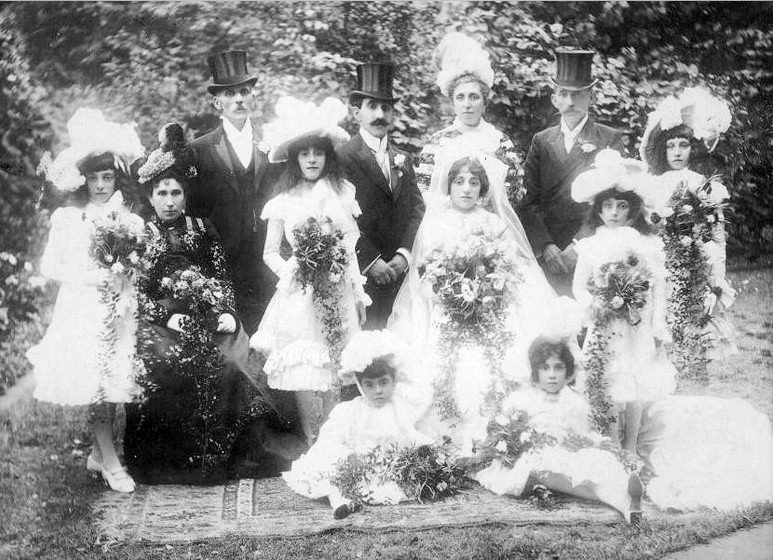 Joseph Lawende, Wikimedia Commons
Joseph Lawende, Wikimedia Commons
Bleaching Hair With Urine
Ammonia from pee was a very popular product with a, er, diverse number of uses over the centuries. In the Elizabethan era in particular, women would lighten their hair with the bleaching properties of pee.
Moats As Garbage Dumps
Garbage disposal is a tricky thing even today. Still, we have it better than we used to. In Medieval times people often used castle moats to dump their garbage, sewage, and other refuse into.
 WyrdLight, CC BY-SA 3.0, Wikimedia Commons
WyrdLight, CC BY-SA 3.0, Wikimedia Commons
Dentures From Old Teeth
Without today's technology, olden-day dentures were very macabre. They were usually made out of the teeth of dead soldiers (and thus were called "Waterloo teeth" sometimes after the deadly Battle of Waterloo). Just what you want to put in your mouth.
 The Library Of Congress, Wikimedia Commons
The Library Of Congress, Wikimedia Commons
Mercury As Medicine
For centuries, many doctors prescribed mercury for all manner of ailments, from skin issues to constipation. The trouble is, mercury is toxic, and causes ulcers, teeth loss, and kidney failure.
Mouse Brain Toothpaste
Where dental hygiene existed in ancient times, it was sometimes worse than having none at all. In Ancient Greece and Rome, people would use a delightful mix of crushed bones and mouse brains to clean their teeth. Don't ask me how that worked.
Going To The Bathroom In Pots
Plumbing can be annoying (and gross) when it breaks down, but imagine having no plumbing at all? Before toilets, Medieval people usually just did their business in pots, then threw the waste out onto the street. They called them "chamberpots," but that doesn't make them any classier.
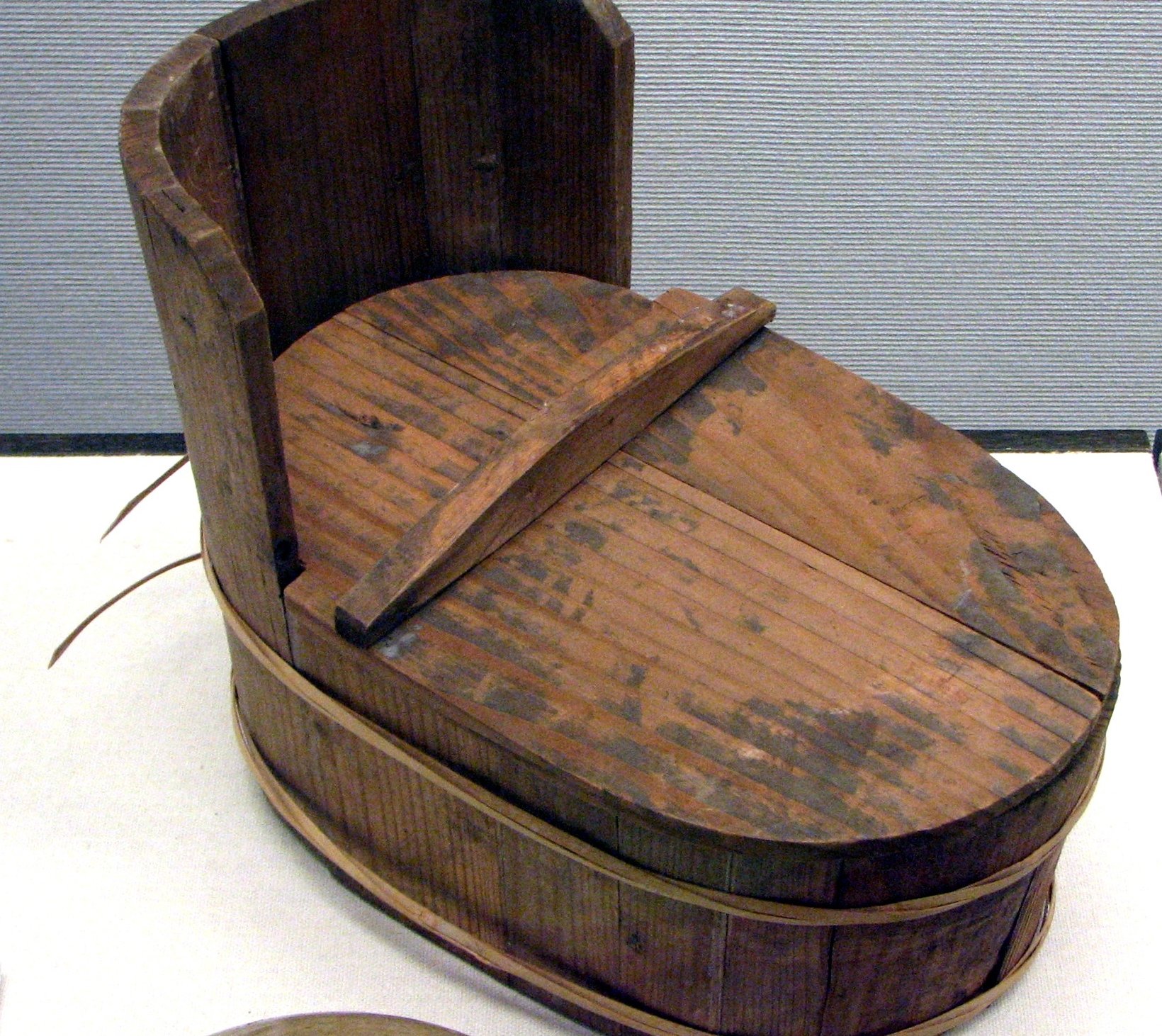 Chris 73, CC BY-SA 3.0, Wikimedia Commons
Chris 73, CC BY-SA 3.0, Wikimedia Commons
Eagle Dung Instead Of Epidurals
Childbirth has never been a pain-free proposition, but in the Middle Ages some thought a mixture of eagle dung and rosewater, rubbed into a woman's thighs, would help with labor pains. I hope the placebo effect helped, because that concoction sure wasn't going to do anything.
Plants As Birth Control
In Ancient Rome, the plant Sulphium was seen as both an Aphrodisiac and a form of birth control (it was probably neither). According to one theory, though, the bedroom-loving Romans over-harvested it so much that it went extinct. True or not, Sulphium was the very first recorded extinction of a plant or animal.
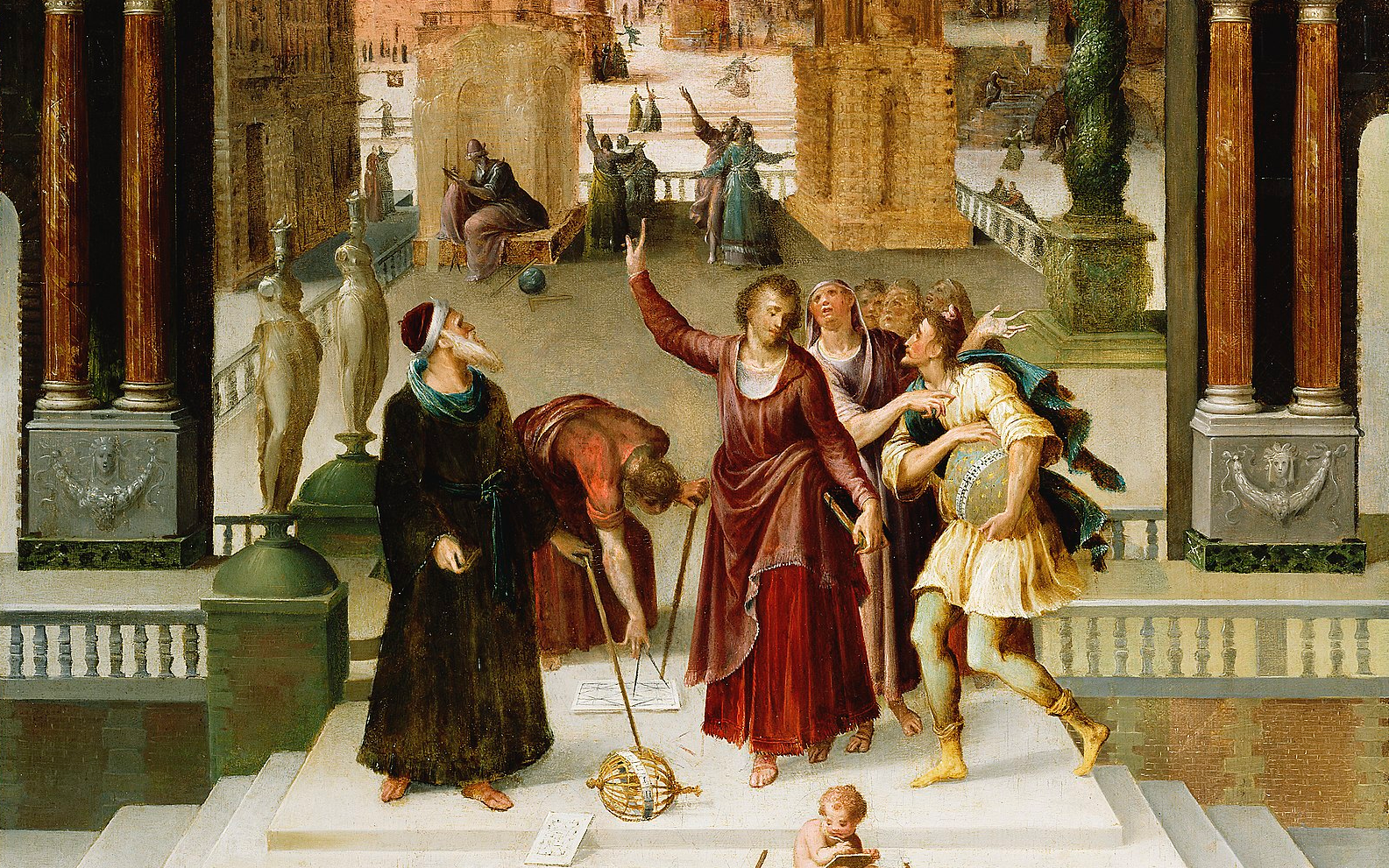 Antoine Caron, Wikimedia Commons
Antoine Caron, Wikimedia Commons
Using Pee To Remove Stains
The ammonia in pee truly had so many uses for the discerning ancestor. In addition to all its other applications, people would soak clothing in old urine to remove stains.
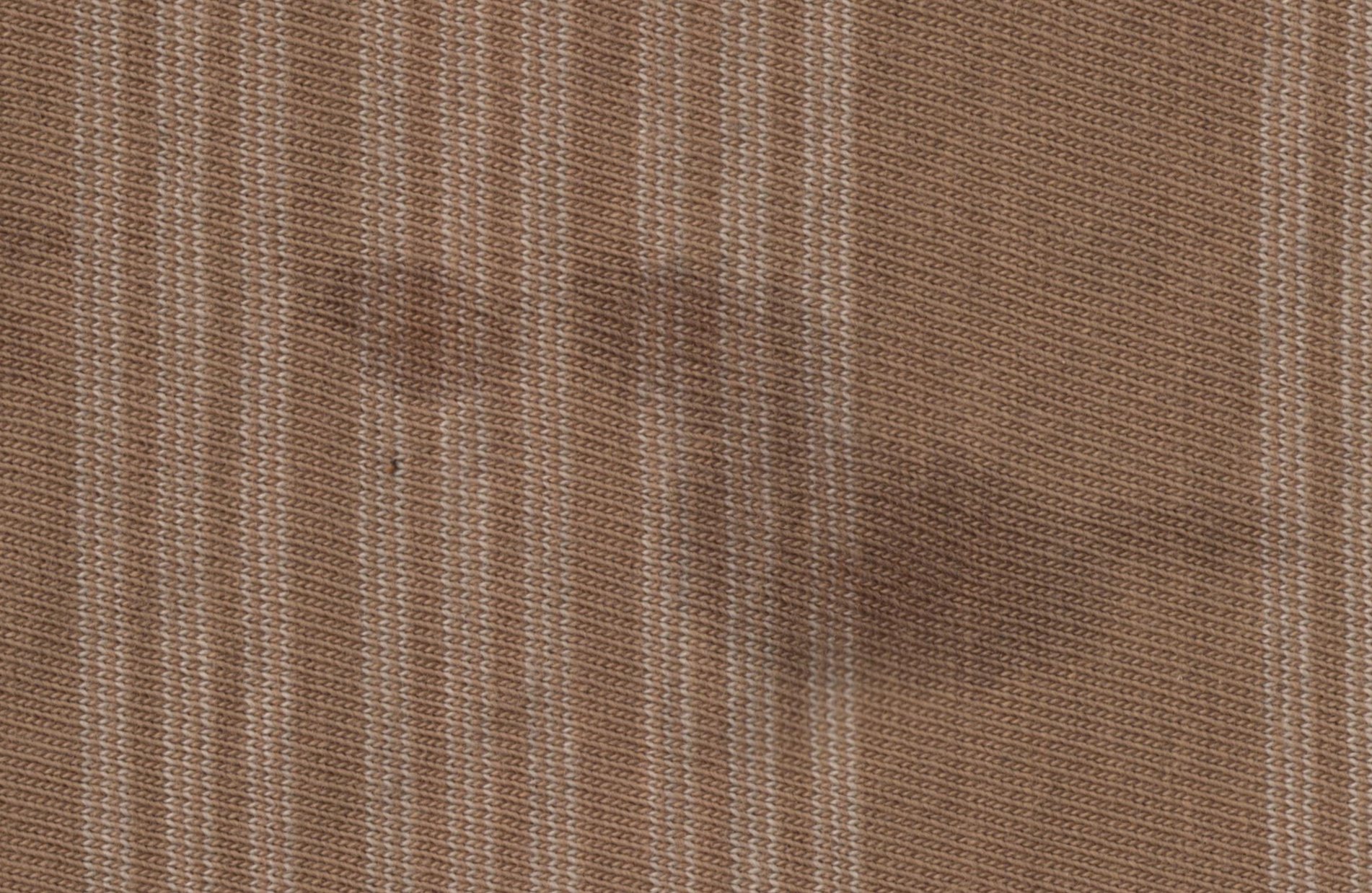 Amantio di Nicolao, CC BY-SA 4.0, Wikimedia Commons
Amantio di Nicolao, CC BY-SA 4.0, Wikimedia Commons
Honey-Covered Servants
In ancient Egypt, those of noble birth would often slather their servants in honey. That way, these poor souls would command all the attention of the copious flies in the area, all while leaving the rich unbothered.
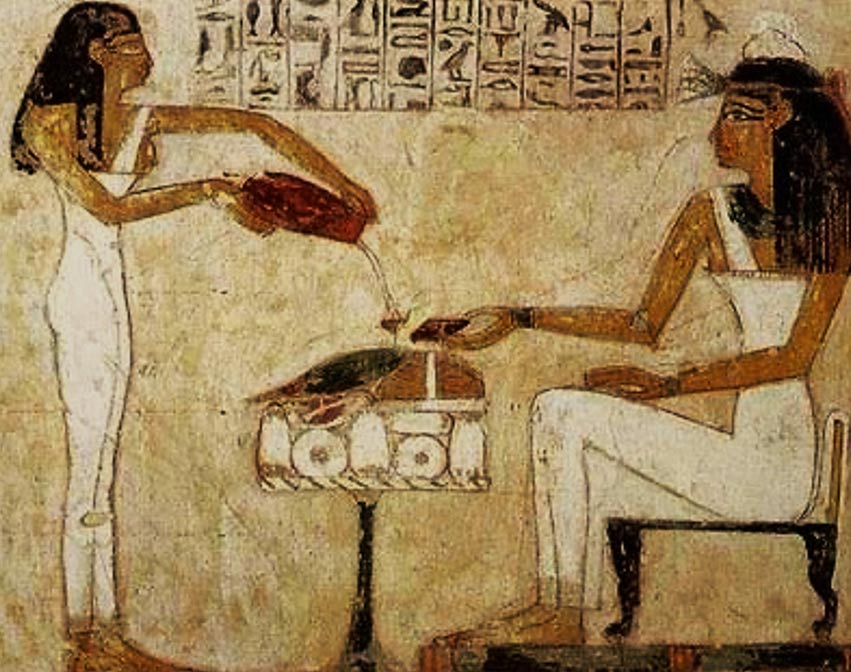 Unknown Artist, Wikimedia Commons
Unknown Artist, Wikimedia Commons
More Bizarre Birth Control
Another strange idea about birth control in the Middle Ages was that a mix of beaver testes and alcohol would prevent your pregnancy. Perhaps the smell of that mixture was doing most of the heavy birth control lifting, though.
Moss For Feminine Hygiene
In the days before Always, women would frequently use moss to help soak up their monthlies. To be fair, what else were they supposed to use?
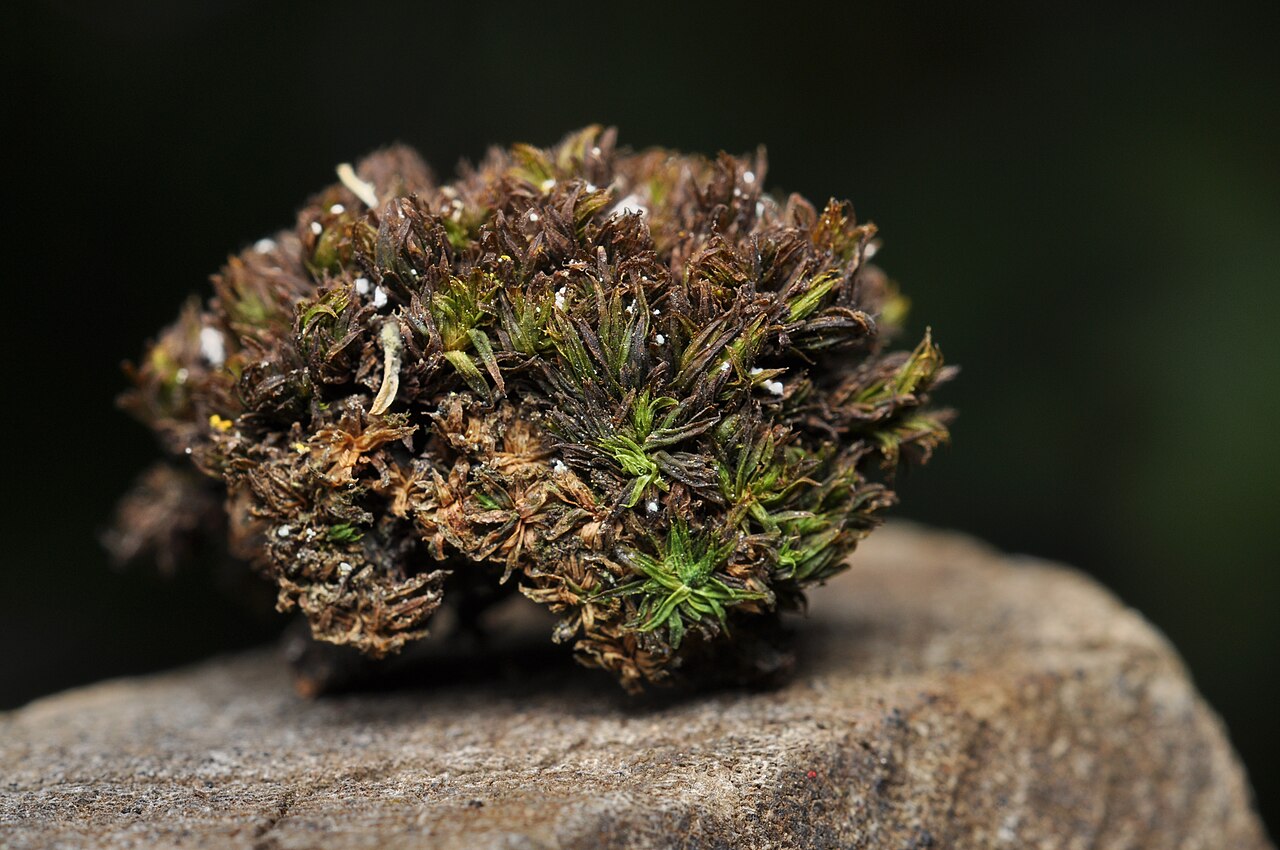 Eriodon conostomus, CC BY 4.0, Wikimedia Commons
Eriodon conostomus, CC BY 4.0, Wikimedia Commons
Poisonous Makeup
Beauty standards have always been exacting, but in Elizabethan times it had an extra disturbing layer to it. The powdery makeup nobles often used to keep their faces fashionably pale was full of toxic lead.
 Mary Queen of Scots (2018), Focus Features
Mary Queen of Scots (2018), Focus Features
Poop To Cure Baldness
In the 16th century, if you were bald but didn't want to wear a wig or didn't have access to one, you might treat your baldness in another way entirely: With chicken poop and potassium.
Disgusting Floors
"Rush" floors were a common way in the Middle Ages and beyond to "finish" a house. They were a grassy mixture you tamped down and laid on the floor. While these floors provided insulation, they also provided a perfect place for bacteria and unseemly critters to collect and multiply.
Home-Made Cauterizing
Today, we have precise surgical tools if we ever need to disinfect a wound. Before that, people usually just had a hot poker hanging around that they used to cauterize injuries.
 Unknown Artist, CC BY 4.0, Wikimedia Commons
Unknown Artist, CC BY 4.0, Wikimedia Commons
Nosegays
Before Febreeze came around, one of the only things people could do to keep the (many) gross smells of the world around them out was gather a bunch of flowers and put the bundle under their nose. Called "nosegays," these bouquets probably weren't powerful enough.
 Michiel Sweerts, Wikimedia Commons
Michiel Sweerts, Wikimedia Commons
Eating With Their Hands
Utensils were often more expensive than most could afford in the Middle Ages. As a result, the vast majority of the population ate with their hands.
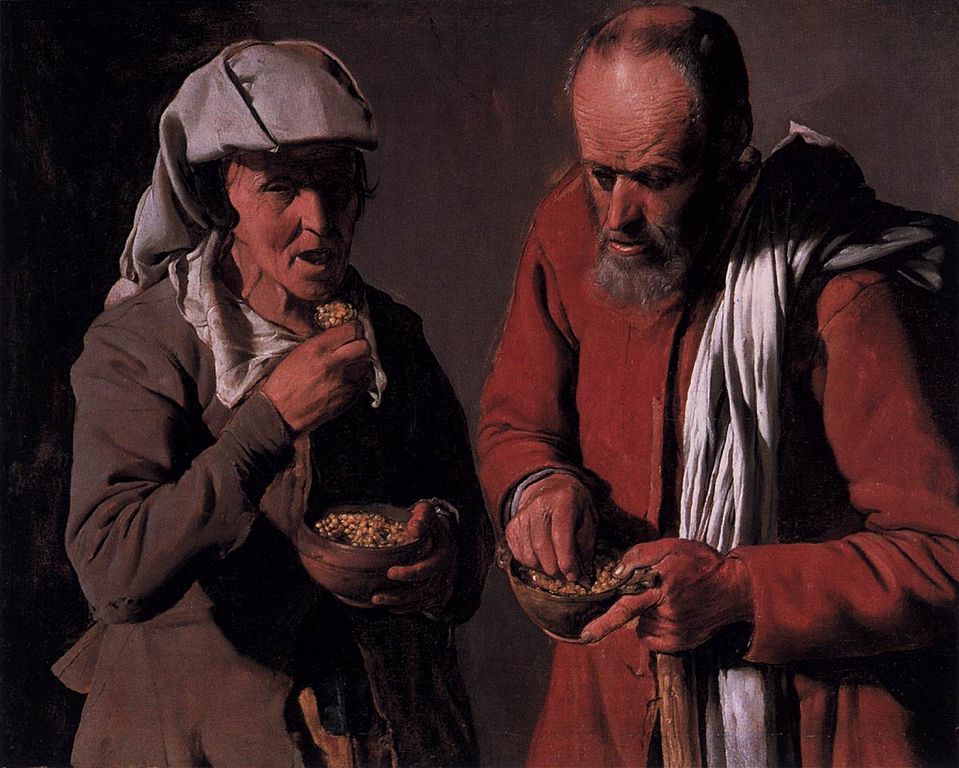 Georges de La Tour, Wikimedia Commons
Georges de La Tour, Wikimedia Commons
Sulfur For Beauty
If someone wanted to get rid of their freckles in the hundreds of years before today, they would try to do it by applying sulfur.
Lysol For Down There
Not so long ago, Lysol, as in the household cleaning product, tried to market it itself as an "intimate" wash for women. Yes, Lysol tried to become Summer's Eve.


